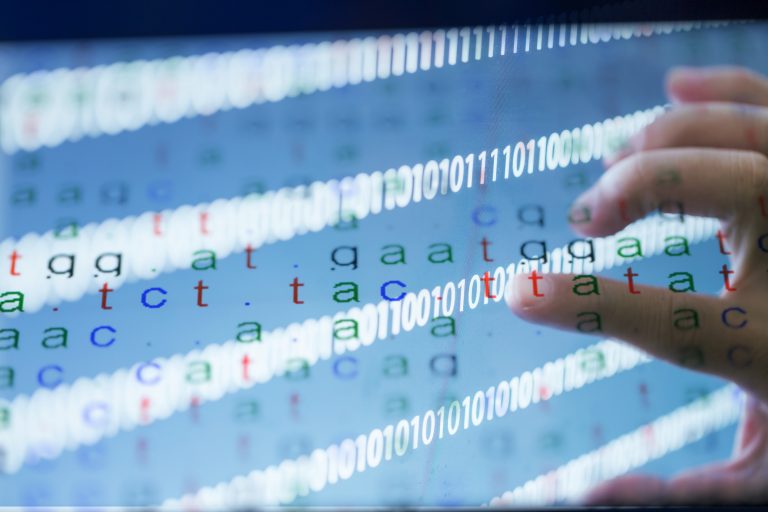
A new study has found six novel gene-disease associations for a wide range of genetic disorders and confirmed 31 additional candidate genes. The findings are a result of in-depth analyses using Centogene’s rare disease Bio/Databank, after standard genetic testing was unable to determine the exact cause of patients’ symptoms. Based on these results, over 90 patients finally received a diagnosis, and many others could also benefit. In addition, the study revealed potential treatment options for patients based on known-disease overlaps.
The study’s findings were published in Genetics in Medicine.
Using it’s rare disease Bio/Databank, Centogene carried out an extensive exome and genome sequencing evaluation of genes with no known disease association in patients suffering as yet undiagnosed genetic disease.
The researchers next performed analyses on its biobank looking at de novo variants in patients presenting with neurodevelopmental delay (NDD) and/or intellectual disability (ID), which are the most common reasons for genetic testing referrals. This led to the discovery of six novel gene-disease associations based on 38 severely affected patients with variants in six genes: BLOC1S1, IPO8, MMP15, PLK1, RAP1GDS1, and ZNF699. The company’s databank combines ES/GS data and Human Phenotype Ontology terms from over 33,000 patients.
The study also uncovered 31 additional candidate genes. The phenotypes associated with these included syndromic/nonsyndromic NDD/ID, oral–facial–digital syndrome, cardiomyopathies, malformation syndrome, short stature, skeletal dysplasia, and ciliary dyskinesia.
It is estimated that between 25-30 million people in America alone suffer from a rare disease, which, in the US, is one that affects fewer than 200,000 people. While technology has advanced over the past decade or so, more than half of patients with genetic diseases remain undiagnosed, even after applying genome-wide diagnostic approaches. The challenge of variant interpretation remains at the forefront of diagnostic challenges, in part due to missing gene-phenotype links.
Peter Bauer, M.D., Chief Genomic Officer at Centogene, said, “There are more than 7,000 rare diseases that are known to date, and our research shows that there are even more to be identified. We see it as our responsibility to dive deeper into patient information when carrying out genetic testing. In this case, we were able to provide patients with a diagnosis with diseases that were not previously on anyone’s radar. Even more, we were able to help improve their quality of life – opening up treatment and management options.”
In their paper, the researchers note that “The methods applied for the identification of causal gene defects for monogenic diseases have changed drastically in the last ten years. Genome-wide scans using polymorphic microsatellite markers or single-nucleotide variants followed by linkage analysis were the predominant genetic mapping approach used in the past.” With the wider-spread use of exome/genome sequencing this changed dramatically, and currently that his how most family-based disease gene identification is focused.
The Centogene researchers add that their results: “Demonstrate the value of data repositories which combine clinical and genetic data for discovering and confirming gene-disease associations.” And they advise that more genetic laboratories should take this approach in diagnosing rare diseases that have proven difficult to solve using sequencing alone.
“Although technological advancements over the past decade have led to improved diagnostics, our study shows that simply applying a genetic test is not enough,” adds Aida Bertoli-Avella, MD, Head of Research Data Analysis. “Especially when it comes to rare diseases, you have to look past the surface – using advanced tools to reveal the underlying cause of a disease and open up a new world of treatment options.”












